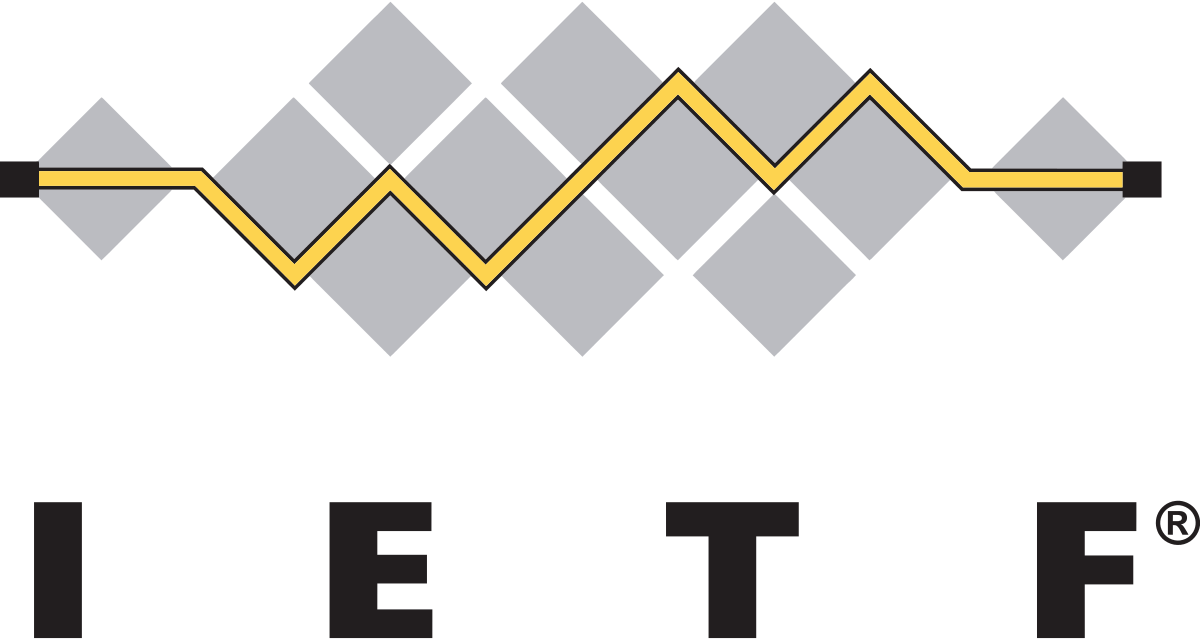ERC: Lightweight Identity #1056
A protocol that in the DPP case is used to anchor DIDs and product information schemas.

A protocol that in the DPP case is used to anchor DIDs and product information schemas.

OAuth 2.0 is the industry-standard protocol for authorization.

A protocol to exchange credentials between two wallets that anchor their DIDs on Hyperledger Indy. E.g. two companies in a value chain can exchange product or company credentials with this protocol.

A alternative protocol that in the DPP case is used to anchor DIDs and product information schemas.

A harmonized subset of the GS1 Trade Item Modules Standard used in the GS1 Global Data Synchronization Network

Non-technical and business friendly definitions of all attriutes in the Gs1 Global Data Model Standard

An implementation guide for the GS1 Attribute Definitions for Business Standard

GreenBlue’s Recycled Material Standard (RMS) is a voluntary, market-based framework that

1.1 This classification is to serve as an international standard for marine equipment nomenclature, taxonomy, hierarchical data structure, unique identifiers, and boundary definition for the consistent acquisition and exchange of equipment RAM performance data. The standard addresses the classification of mechanical and software products. 1.2 RAM in an acronym for Reliability, Availability, & Maintainability where: 1.2.1 Reliability is the probability that an item can perform a required function under given conditions for a given time interval (t1, t2). It is generally assumed that the item is in a state to perform this required function at the beginning of the time interval. 1.2.2 Availability is the probability that an item is in a state to perform a required function under given conditions at a given instant of time, assuming that the required external resources are provided. 1.2.3 Maintainability is the probability that a given active maintenance action, for an item under given conditions of use can be carried out within a stated time interval, when the maintenance is performed under stated conditions and using stated procedures and resources. 1.3 This standard does not purport to address all of the safety concerns, if any, associated with its use. It is the responsibility of the user of this standard to establish appropriate safety and health practices and determine the applicability of regulatory requirements prior to use.
The specification S2000M defines the processes, procedures and provides the information for data exchange to be used for material management throughout the lifecycle of a Product. The specification standardizes the business relationship between two or more parties (eg, contractor and customer) by providing a well-defined process flow and associated relevant transactions for data exchange.


